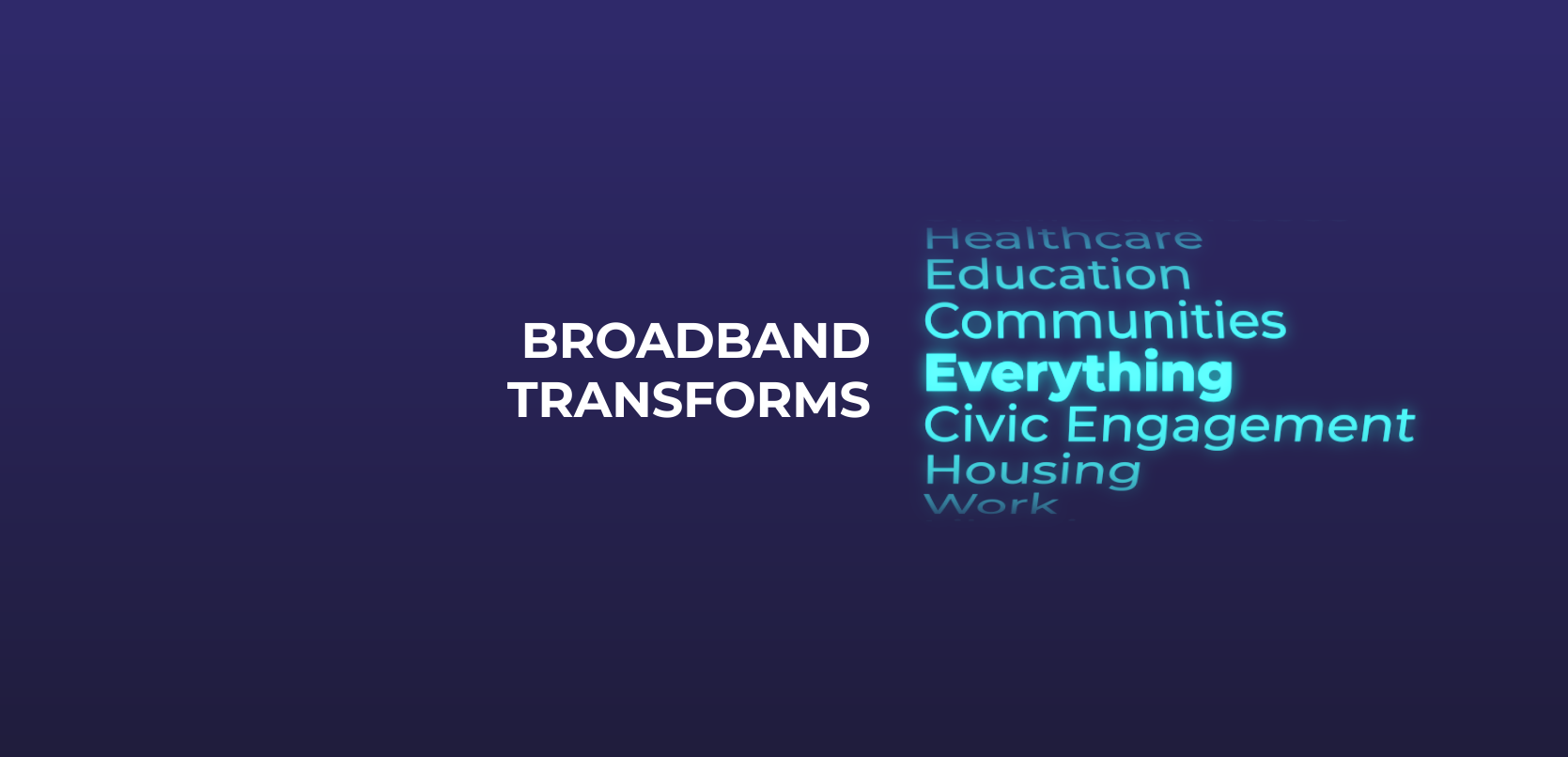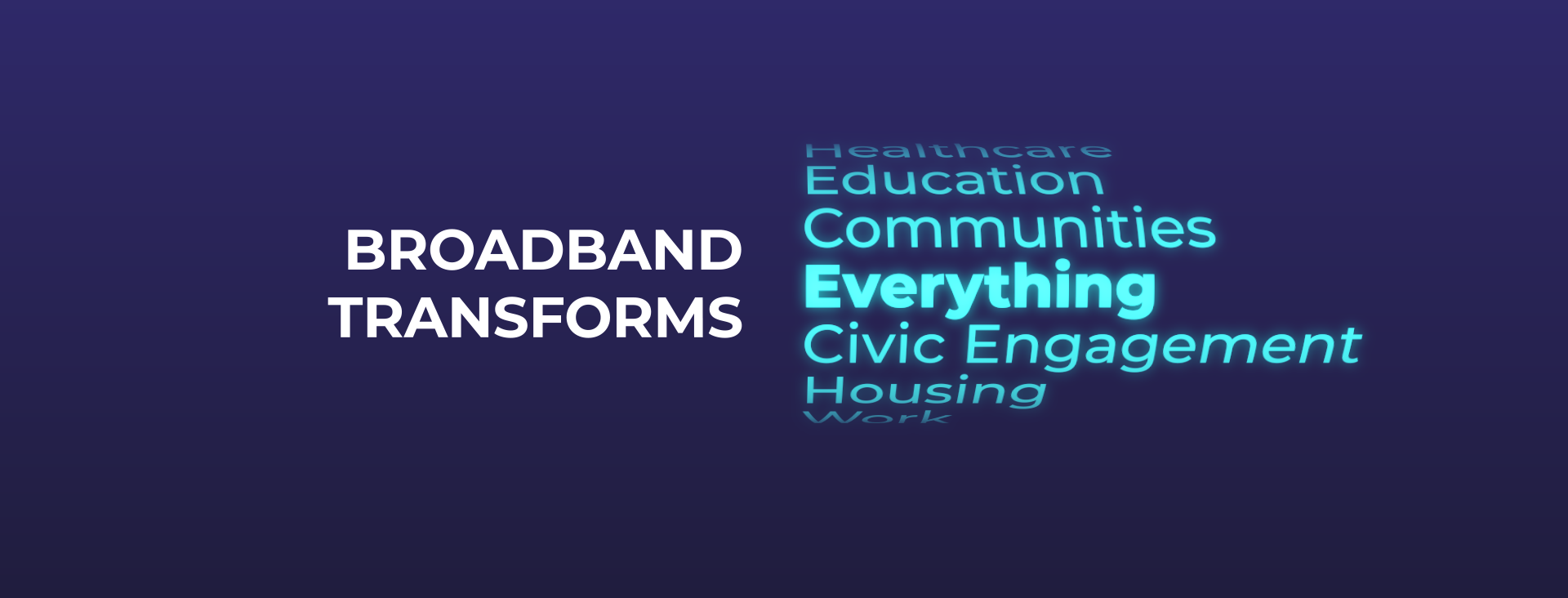Dr. John D. Halamka’s telehealth journey started with mushrooms. While a student at Stanford, the Mayo Clinic president often hiked the California hills in search of edible mushrooms with David Arora, who later wrote the book on mushrooms.
“We went out hunting for mushrooms every weekend for five years,” he told Network:On’s Creating Connections conference in Washington. “I’ve kind of done a mushroom residency.”
Halamka’s skill at identifying mushrooms became an early test-case for what is telehealth. “I am an emergency physician,” he said during a conversation with Comcast Executive Vice President Broderick Johnson. “But I am also a toxicologist and happen to have unique knowledge, so that when I am sent a photograph, some kind of digital object, from anywhere in the world, I can say: I know that species. I know whether, in fact, it’s going to kill you or not.”
Halamka’s unique skill demonstrates one of telemedicine’s advantages: it allows people to tap experts no matter where they are.
“It turns out I am really the unique resource in this country, yet, I am accessible 24-hours-a-day, seven-days-a-week, and have been for 25 years, because of this digital connection where any doctor, any poison control system, anywhere can take a digital photograph, send it to me and get an interpretation in minutes,” he said.
The pandemic’s effects were devastating, but it forced us to take telemedicine seriously.
“For all the tragedy that we’ve had with COVID, it has been a cultural transformation that has led to the adoption of telehealth and novel care-delivery methods in novel places faster than I ever expected,” Halamaka said.
About three percent of Mayo’s patients used telehealth before the pandemic, but during its height that skyrocketed to 95 percent. It now accounts for one-quarter of patient visits.
“There’s this mindset change,” he said. “It’s just a new way of approaching healthcare and wellness. It’s here to stay.”
While the telehealth technology was ready for the pandemic, it took “game changing” regulatory alterations for it to take off.
“I’m licensed in Massachusetts, California and Minnesota, so given the scope of my license, I could not actually see a patient or offer direct consultation or treatment outside of those three states,” he said. “With the rollbacks and regulatory waivers we saw during COVID, I can now offer expert medical, telehealth advice across the country.”
In 2020 Mayo launched its Advanced Care at Home program that allows the clinic — through a high-speed internet connection — to deliver serious and complex in-patient care in the home
“That means there’s a broadband connection. We’re able to take patient monitors, patient devices, devices they wear, devices in the home, understand their condition and in our command center offer medical interventions.”
That doesn’t mean that a patient never sees a health care professional in person, he explained.
“There may be local personnel, not employees, of the Mayo Clinic, but they may be community paramedics, who have been trained up, skilled and credentialed in a community to deliver care in the home, but under the telehealth command of Mayo Clinic,” he said.
Kaiser Health is also using the technology and between the two health care organizations, they have seen some 10,000 patients with serious and complex health are “getting the highest quality care, but over an internet connection.”




